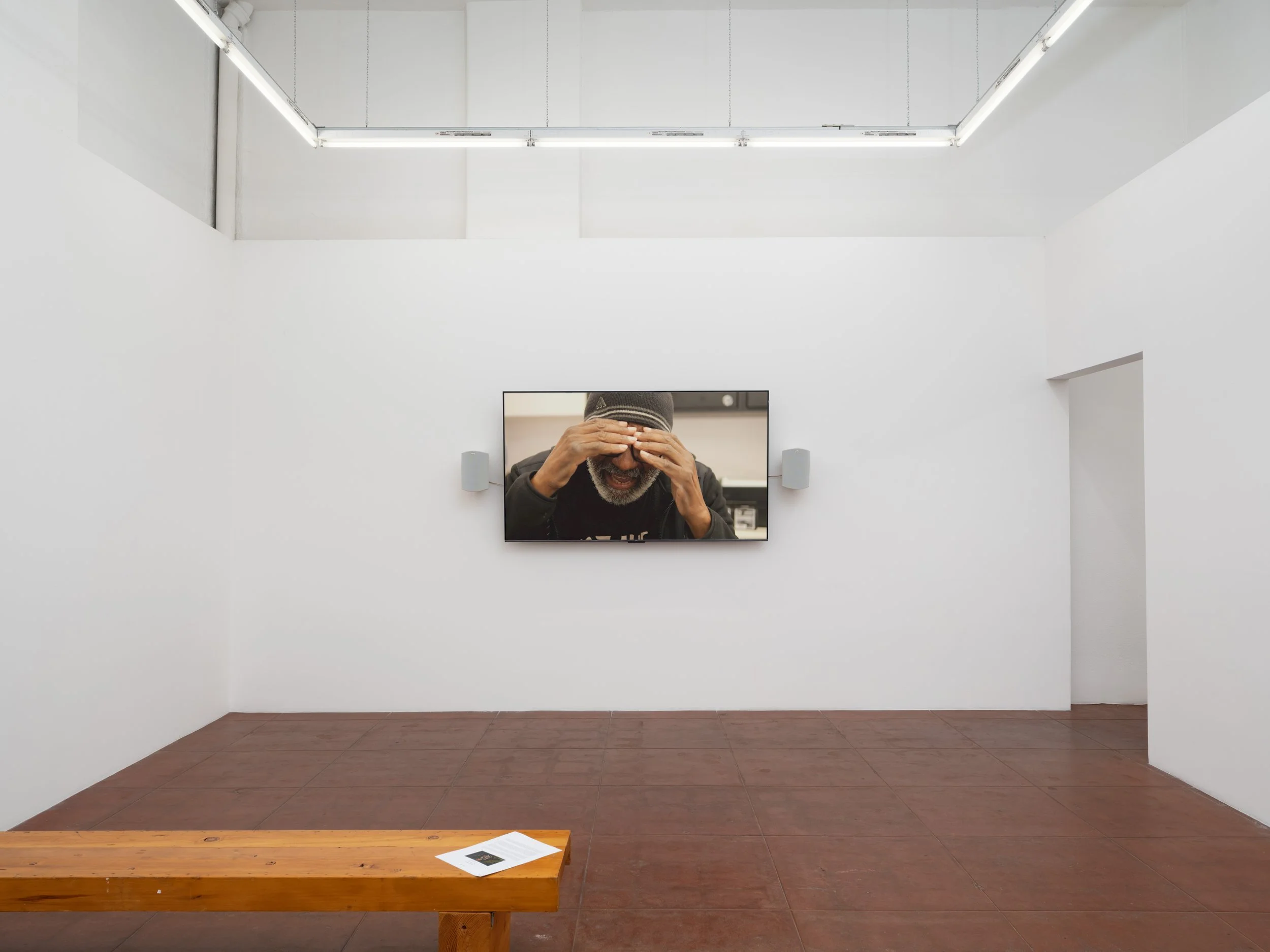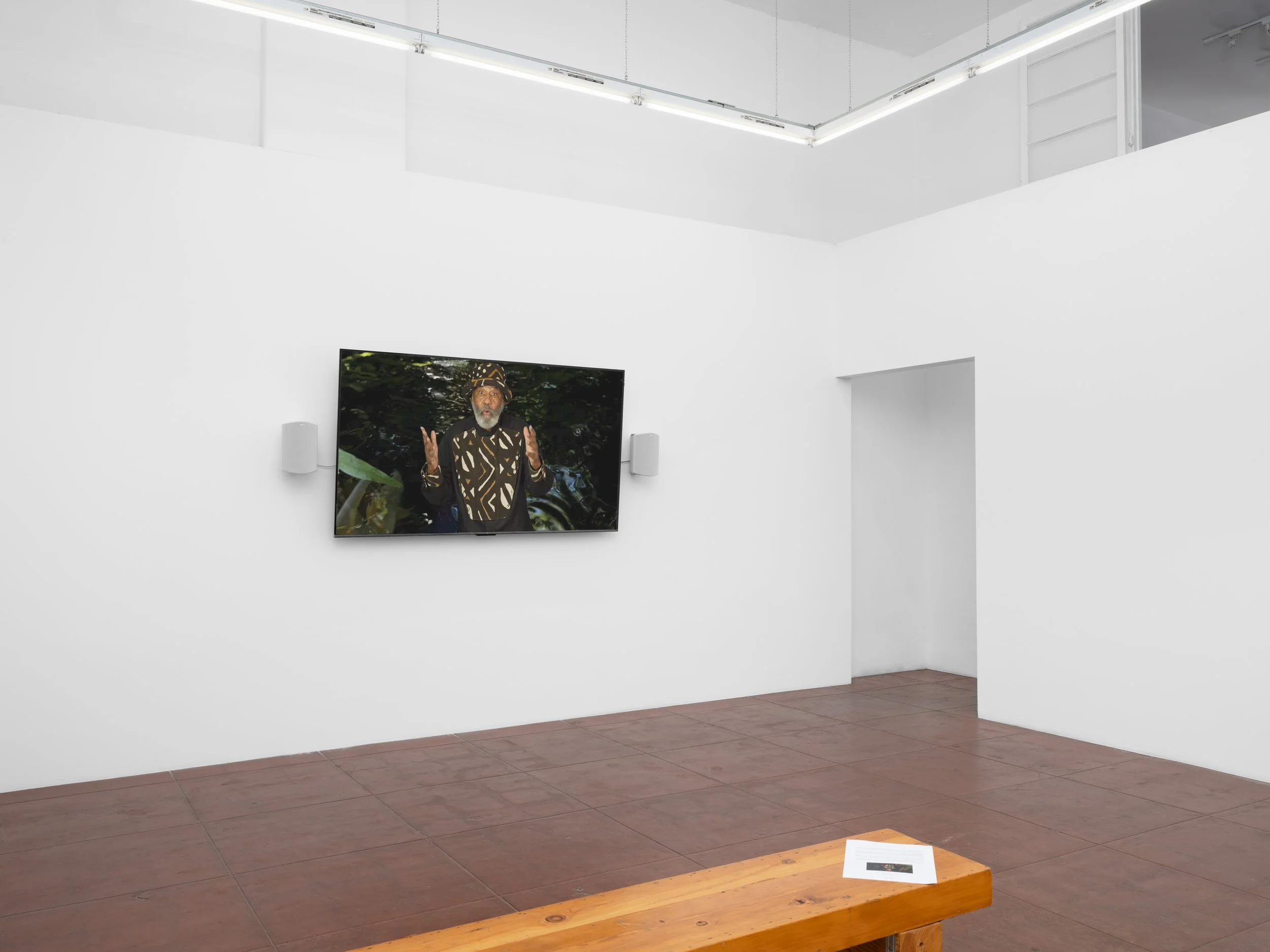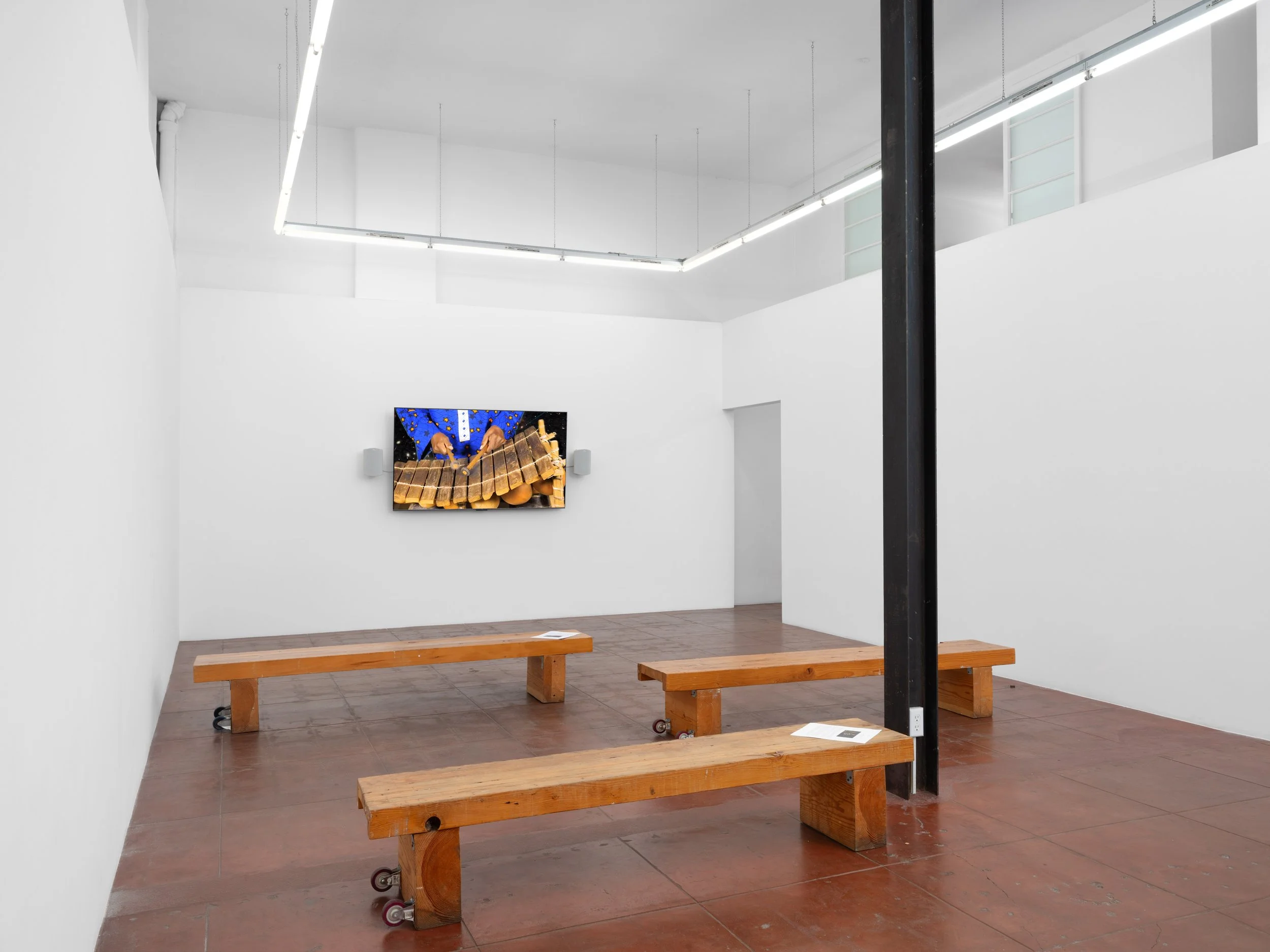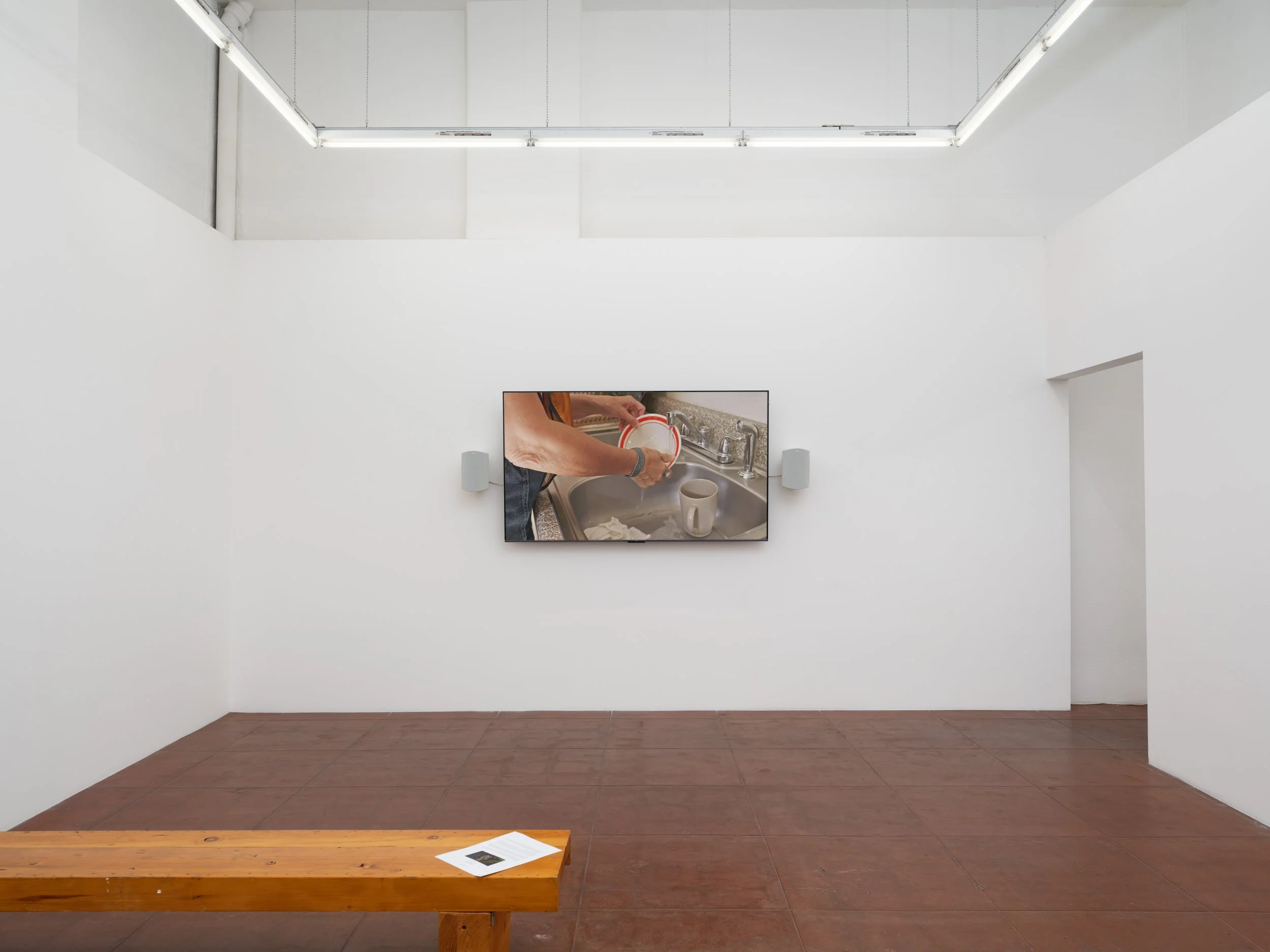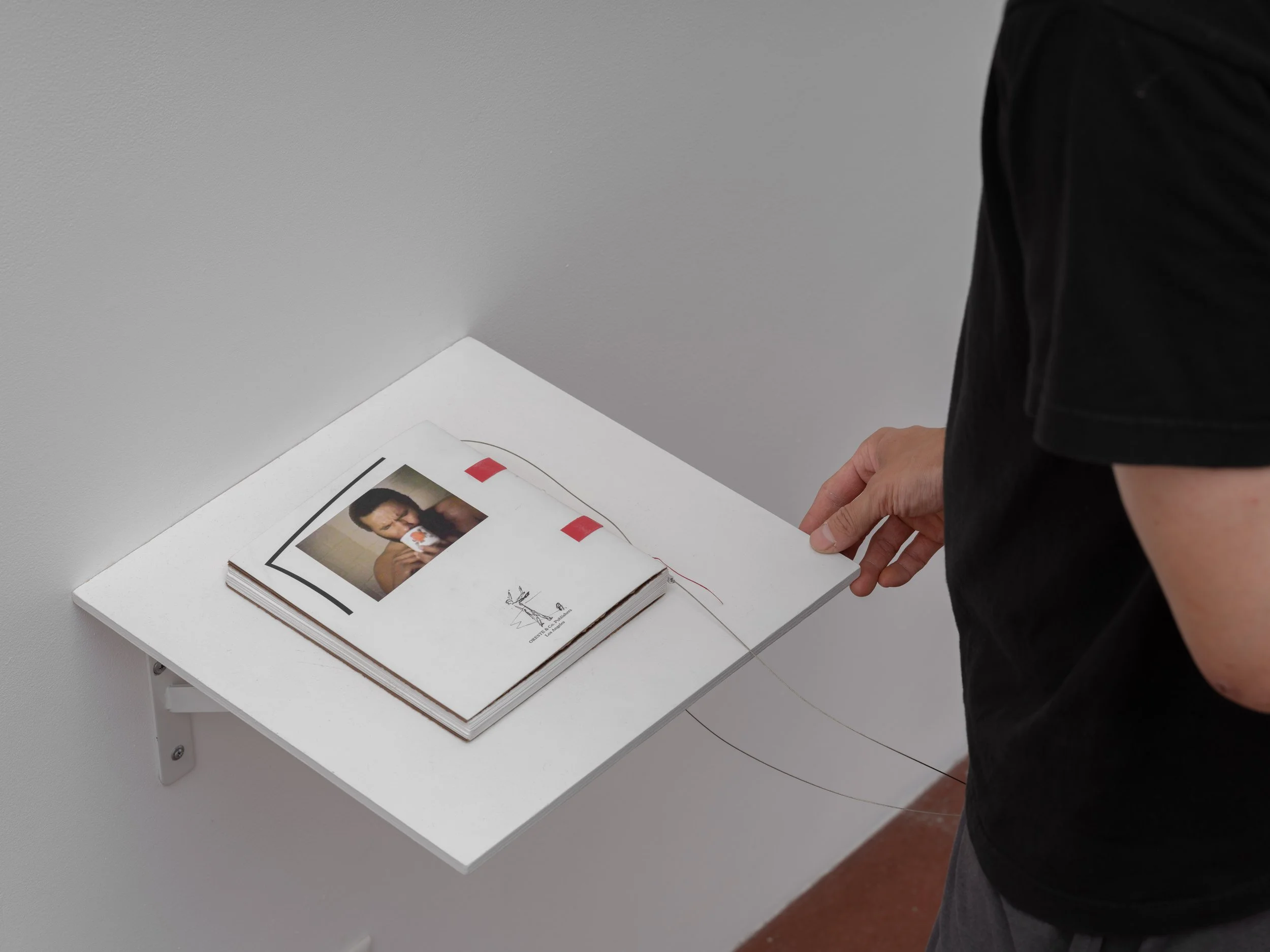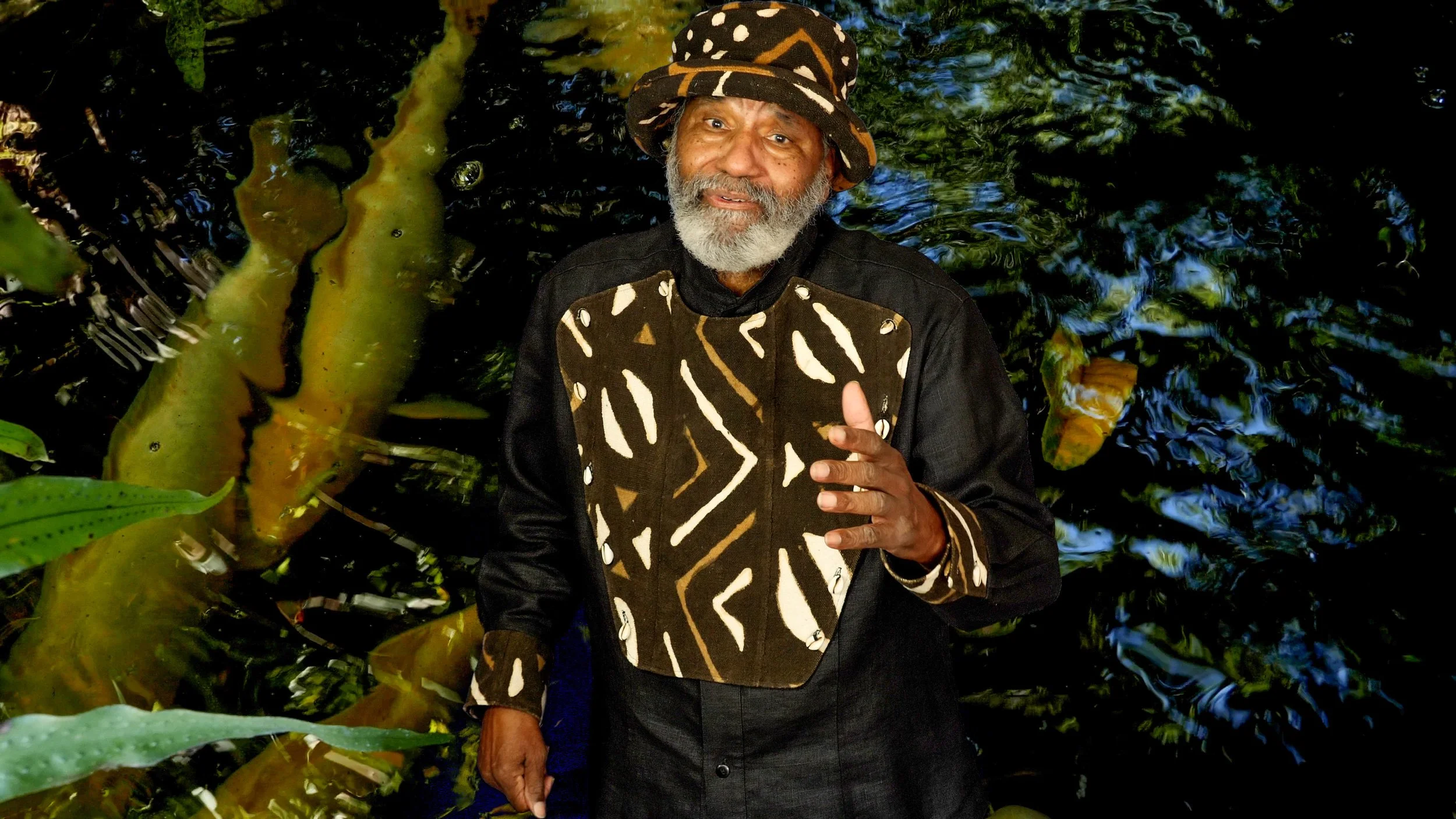Ulysses Jenkins: New and Recent Videos
July 19 - August 30, 2025
Opening reception: July 19, 2:00 pm to 5:00 pm
We are pleased to announce Ulysses Jenkins: New and Recent Videos, the first one-person exhibition by this veteran (b.1946, Los Angeles) local artist since his career-spanning 2022 survey, Ulysses Jenkins: Without Your Interpretation, organized and presented by the Hammer Museum, Los Angeles, and the ICA, Philadelphia. Please join us for the opening reception on Saturday, July 19, from 2-5 PM. The exhibition will remain on view through August 30 at as-is.
Collaboration is a defining feature in the work of Ulysses Jenkins. It goes back to his own early street murals (necessarily collaborative), as well as to his efforts with Judy Baca and with the historically important if insufficiently remembered Los Angeles Fine Arts Squad, active in the 1970s; it also goes back to his collaborations with Los Angeles Black arts movement titans including Nenga Sengudi, Maren Hassinger and David Hammons and to his work with the important Mexican-American artists’ collective ASCO.
This same collaborative spirit—only now involving his own close-knit group of performers, musicians and media technicians—inhabits Jenkins’ decades long history of video projects including the five notably accessible and friendly (if also politically pointed and socially urgent) video artworks—Ethnic Cleansing, Sobriety, Sins of the Father, Misogyny, and Emergency—to be presented publicly for the first time. And it is here, in his videos, that a second defining feature of Jenkins’ work becomes apparent: The artist as storyteller, folk-historian and public witness in the Griot tradition of West Africa. “The historical traditions come from the Griots,” Jenkins notes. “They reassert the history and the culture”—a challenge these five artworks cheerfully accept and then convincingly meet.
But while the Griot remains a distinctly African tradition, and is invoked by Jenkins as such, it may serve a wider function than that. For at this particular moment, when power demands quiet respect for its authority, the Griot tradition allows a speaking-role for a society’s artists. By insisting on that role as he has, this senior Black artist, now closer to the end of his career than to its beginning, has, through his art, offered a powerfully persuasive model of behavior for generations of artists yet to come.
